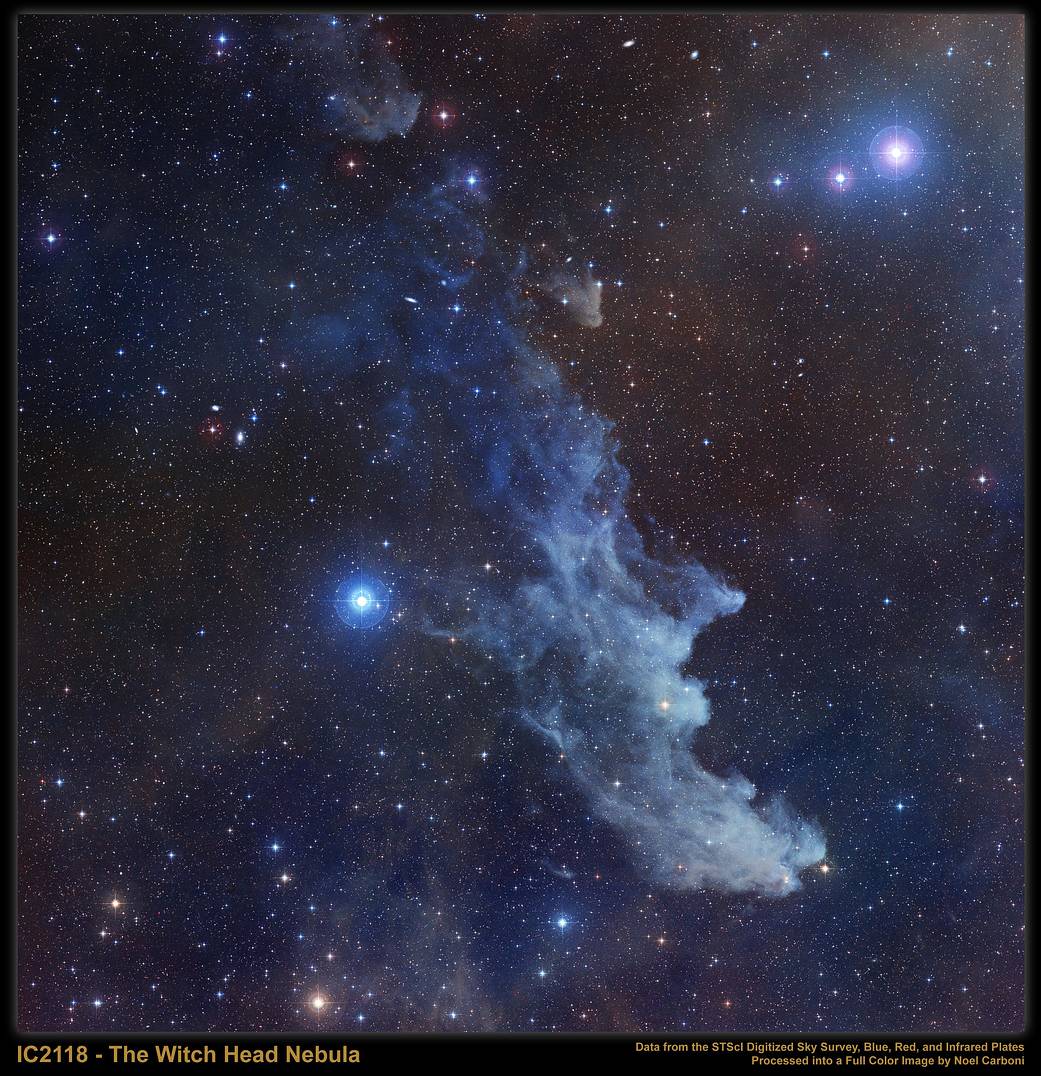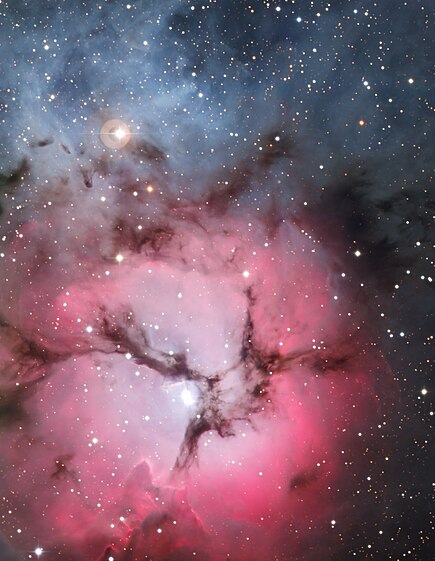What is a Reflection Nebula?
If you’ve ever gazed at the night sky in wonder, you’ve likely admired the twinkling of distant stars. But the universe holds spectacles far more ethereal than single points of light – like the mesmerizing beauty of reflection nebulae. These celestial clouds aren’t ablaze with their own fiery energy; instead, they shimmer with the borrowed brilliance of nearby stars. Do you wonder what exactly reflection nebula is? Here we have this detailed article about. Here’s everything you want to know about Reflection Nebula.
Imagine a wispy veil draped across the inky blackness of space. It shimmers faintly, not with its own fiery light, but with a soft, ethereal glow reflecting the brilliance of nearby stars. This is the realm of reflection nebulae, cosmic clouds of dust that paint the universe with delicate shades of blue and mesmerizing textures.
What Exactly is a Reflection Nebula?
Imagine a cosmic fog filled with microscopic dust particles. This fog doesn’t glow on its own. But, when a star shines its light through this dusty cloud, magic happens. The starlight bounces off the dust, scattering throughout the nebula, and creating a breathtaking display of reflected light.
Why Do They Often Appear Blue?
The signature color of reflection nebulae is a striking blue. This isn’t because the dust is itself blue. It’s a trick of the light! Dust particles are better at scattering light with shorter wavelengths, like blue, compared to longer wavelengths, like red. It’s the same reason our daytime sky appears blue – sunlight scattering through Earth’s atmosphere.
Sculptures of Dust and Light
Reflection nebulae aren’t just blankets of blue. The interplay of light and dense patches of dust creates mesmerizing patterns and textures. Some nebulae have swirling, wispy tendrils, while others boast dark, inky knots that seem to block out the starlight entirely. These dark patches are called Bok Globules, dense pockets of gas and dust so thick that even starlight struggles to break through.
Witnesses to Star Birth
Reflection nebulae are often found in the cosmic cradles where stars are born. When young stars ignite, they blast out intense radiation and powerful winds, shaping the leftover gas and dust that surrounds them. This interaction carves out the intricate shapes we see in reflection nebulae, making them beautiful signposts of ongoing star formation.
Famous Reflection Nebulae
Some reflection nebulae have become celestial celebrities, known for their beauty and unique features:
- The Pleiades: This star cluster, also known as the Seven Sisters, is surrounded by a stunning blue reflection nebula. Its ethereal glow is easily visible to the naked eye.

- The Witch Head Nebula: Its spooky name suits its shape. This nebula, illuminated by the supergiant star Rigel, seems to resemble a witch’s profile in the cosmos.

- The Trifid Nebula: This nebula is a triple threat – it features a reflection nebula, an emission nebula (one that glows with its own light), and a dark nebula all in one cosmic masterpiece.

Observing Reflection Nebulae
While some reflection nebulae, like the one in the Pleiades, are visible with the naked eye, many require telescopes or binoculars to fully appreciate their delicate structures. Dark, moonless nights far from city lights offer the best chance to spot these faint celestial wonders.
Astrophotography has opened up a whole new world for appreciating reflection nebulae. Long-exposure photographs can reveal details and colors our eyes cannot perceive directly, showcasing the true complexity and magnificence of these cosmic mirrors.
Beyond Just Beautiful
Reflection nebulae aren’t just cosmic eye candy. They offer scientists valuable insights:
- Understanding Star Formation: By studying the composition and structure of reflection nebulae, astronomers learn about the environments where stars are born.
- Dust Properties: Reflection nebulae help scientists decipher the properties of interstellar dust, a key component in the formation of planets and even ourselves.
The universe is filled with dazzling displays that remind us of its vastness and artistry. Reflection nebulae, with their gentle glow and intricate shapes, embody the quiet wonder of the cosmos, inviting us to look deeper and appreciate the subtle beauty that lies among the stars.




